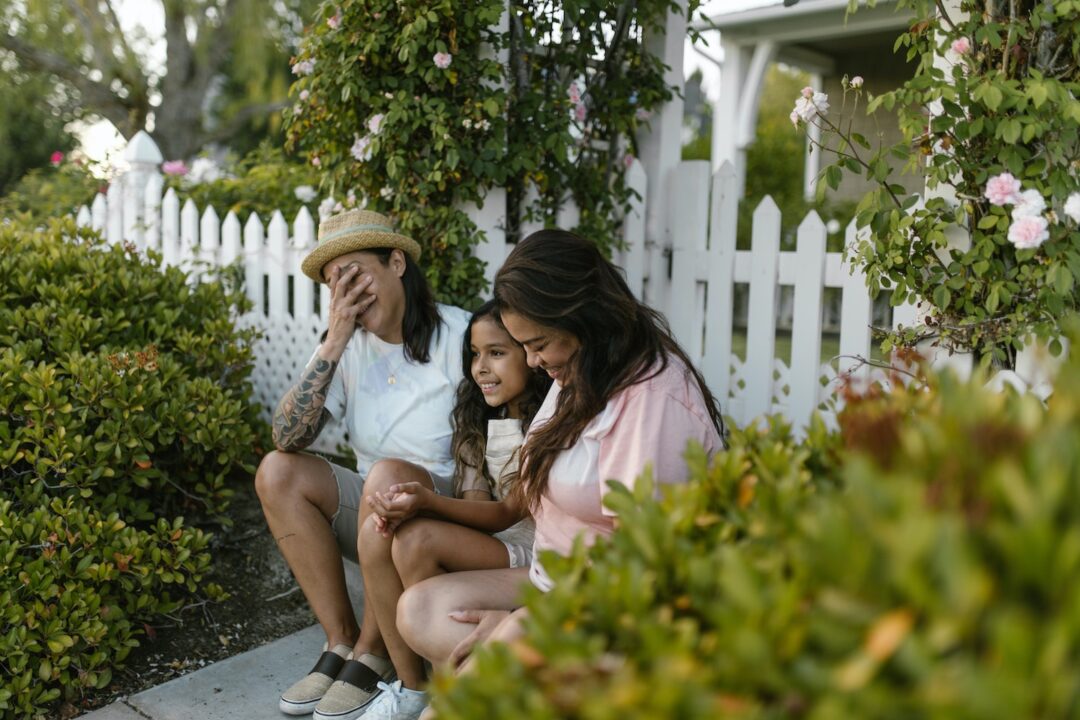As a step-parent, you stand at the crossroads, contemplating the depth of your involvement in your stepchild’s life. Should you be invested in their development, education, healthcare, and other major aspects? How do you strike the right balance between being present and respecting boundaries? Blended families offer a unique set of challenges and opportunities, and finding your own path can sometimes be a little overwhelming. But fear not! In this article, we’ll explore key considerations and provide guidance to help you make informed decisions that work best for you and your stepchild.
Understanding Your Step Parent Role:
First things first, take a moment to reflect on the role you want to play in your stepchild’s life. Are you more comfortable taking on a nurturing role, providing emotional support and guidance? Or do you prefer to be a supportive figure, offering assistance when needed? If there’s anything this article aims to do, it should be to convey the message that there is no right or wrong answer here, as every step-parent’s journey is different. All you have to do is embrace the unique qualities you bring to the table and align them with the needs of your stepchild.
Consider the Family Dynamics:
Blended families are like beautiful kaleidoscopes, with each one having its own set of dynamics. Take time to understand and respect these dynamics. Get to know the family members, their relationships, and the existing roles. This will help you tailor your own involvement in a way that complements the family’s existing structure, promoting harmony and understanding. Let it flow rather than try to follow “rules” someone else might have set up for you.
Assessing the Child’s Needs:
Before deciding on your level and depth of involvement, you may also want to consider your stepchild’s needs. Observe their behaviours, emotions, and communication to gain insights into their unique requirements. Some children may thrive with more active involvement, while others may need space to adjust and form bonds at their own pace. By understanding their needs, you can tailor your involvement to provide the right level of support and care.
Open Communication with Your Partner:
Communication is the key to any successful relationship, including the one with your partner—the biological parent of your stepchild. Have honest and open conversations about expectations, boundaries, and the role you envision for yourself. This will ensure that you’re on the same page and can approach step-parenting as a unified team. Deciding how involved you want to be can be as simple as having a conversation (or a few) about it.
Respecting Boundaries and Parental Authority:
Establishing boundaries is vital for the healthy functioning of any family unit. When working together to define what is comfortable and appropriate for everyone involved, remember to respect the boundaries set by the biological parent. Remember, you’re there to support and enhance the child’s life, not to replace the biological parent. You can’t go wrong if you simply do whatever you can to recognize and honour the parental authority while finding ways to contribute positively to your stepchild’s growth.
Building Trust and Connection:
Trust and connection are the pillars of a strong step-parent and stepchild relationship. Instead of wondering how involved you want to be with major decisions in their life, why not take the time to foster a bond with your stepchild? You can do this by engaging in activities they enjoy, show genuine interest in their hobbies and passions, and just by being a supportive presence in their life. Building trust can take time, so it’s important to be patient, don’t expect overnight results and allow the relationship to evolve naturally.
Finding Your Balance:
The beauty of it all is that there is no one answer to this question. As a step-parent, you have the autonomy to determine the level of involvement that feels right for you (as well as for the child and his/her biological parent). Some step-parents choose to be heavily invested in their stepchild’s life, actively participating in major aspects such as education, healthcare, and religious upbringing. Others may opt for a more supportive role, offering guidance and support when needed. There’s no one-size-fits-all approach, and it’s okay to adjust your involvement as the family dynamics evolve.
Trust Your Instincts:
While guidance is helpful, ultimately, you would probably do well to simply trust your instincts as you navigate step-parenting. You know yourself and your family better than anyone else, so don’t forget to listen to your intuition, and let it guide you in making decisions about your level of involvement. There really is no perfect roadmap, and every step-parenting journey is unique. The best thing to do is to learn to trust yourself to find the right balance for you and your stepchild.
Conclusion:
In the intricate world of step-parenting, deciding how involved and invested you should be in your stepchild’s life is a personal journey. By considering factors such as your desired role, family dynamics, the child’s needs, open communication, and trust, you can navigate this path with confidence. Remember, there’s no right or wrong way to be a step-parent. Find the balance that aligns with your values, respects boundaries, and nurtures the bond with your stepchild. Embrace the beautiful opportunity to make a positive impact on their life and cherish the unique connection you share.










